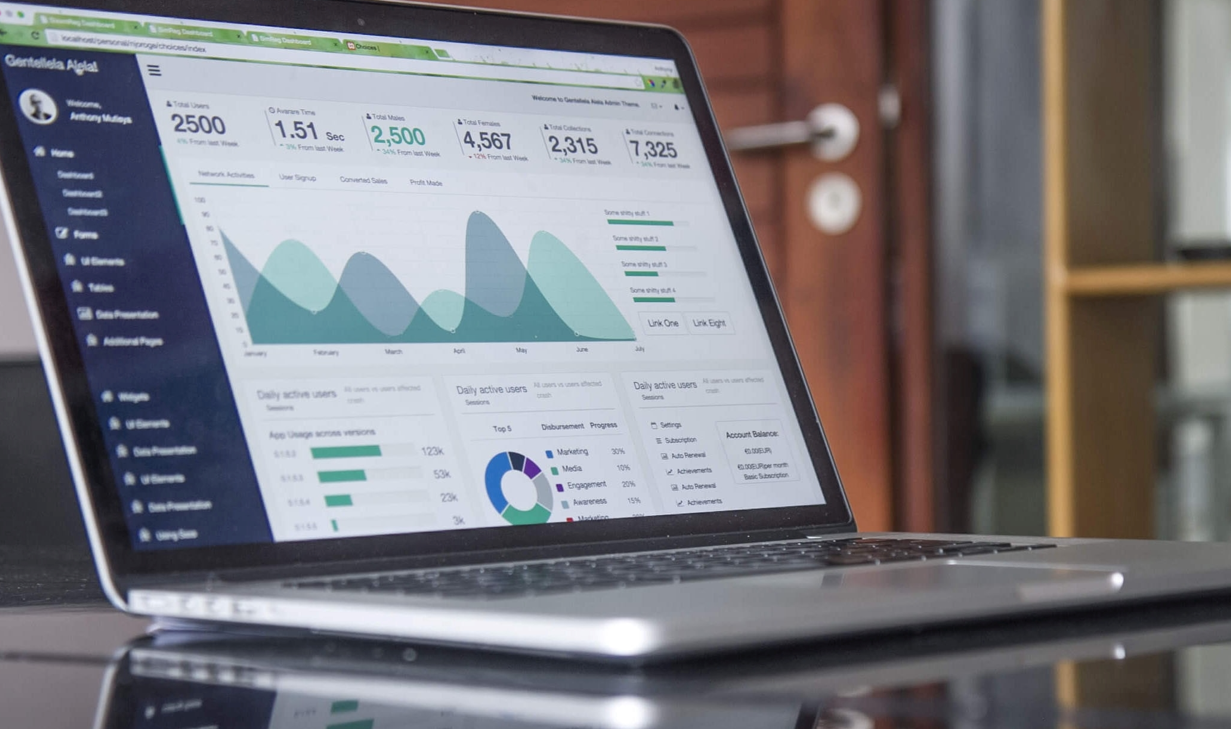I’ll soon be turning 65 and retiring. I want to sell my investments and put the money into safer, guaranteed holdings over the next five or so years so that I won’t have to worry about what happens in the stock markets. My assets include both mutual funds and company shares. However, I’ve held most of these for a few decades and earned close to $300,000 in untaxed capital gains from them. My income in retirement will be almost $5,000 a month, from Old Age Security (OAS), Canada Pension Plan (CPP), a company pension plan, and an annuity I intend to purchase with my RRSP savings. I’m concerned that when I start selling those non-registered assets, the capital gains will be taxed at a high rate and I’ll have my OAS clawed back. Should I sell them all at once so that my OAS is clawed back for only one year or should I take a number of years to sell them, as I’d originally intended?
By Olev Edur
A If you cash in everything this year, you’d have to add $150,000 to your $60,000 in “other income” on your tax return, because only half of any capital gain is taxable; this brings your annual income to $210,000. Maximum OAS is currently about $7,400, but it begins to be clawed back by 15 percent at $79,845 in income (for 2021) and disappears entirely at $129,260—so you’d lose it all.
In your province of Ontario, that $7,400 OAS clawback plus the taxes due on income of $210,000 would bring the total costs to you to roughly $70,800.
However, if instead you were to trigger $60,000 in gains each year over the next five years, you’d be adding $30,000 annually to your retirement income of $60,000—again, only half of capital gains are taxable—for a total of $90,000. Because you’d lose about $1,500 in OAS each year, and with your $30,000 in taxable gains giving rise to a tax increase of about $9,100, the annual costs to you would be about $10,600. Over five years, this would add up to $53,000—almost $18,000 less than the one-year scenario.
These figures are, of course, rough estimates. Tax-bracket thresholds will rise in step with inflation, so more and more of that income will be taxed at lower rates with every succeeding year. On the other hand, given the economic and debt impacts of the pandemic, tax rates will almost certainly rise in the future, particularly at upper-income levels. Finally, my estimates make no allowances for variations in investment growth. The exact results over the next five years is therefore a moving target.
Nevertheless, the difference between the two options is large enough to conclude that the longer-term choice is likely the better one.
As always, it’s best to consult with a qualified financial advisor. In addition to taking into account pertinent information you may not have included in your letter, a professional can use financial-planning software to consider a variety of what-if scenarios to help maximize your longer-term prospects.
Photo by Carlos Muza on Unsplash






